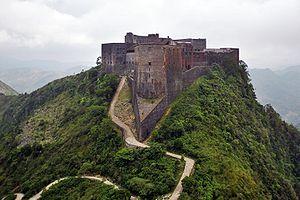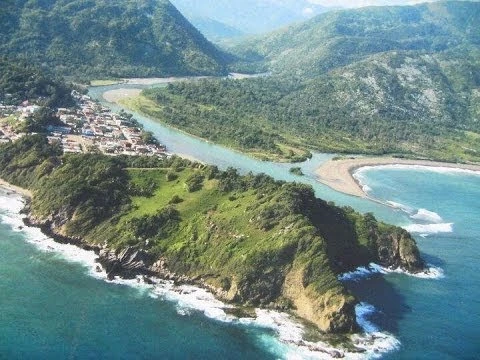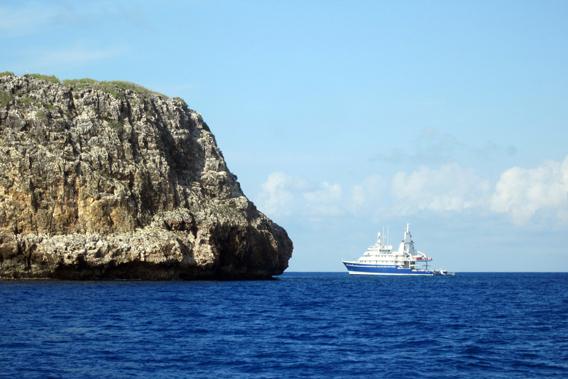The Isle of Tortuga: Between History and Natural Discoveries
Located off the coast of Port-au-Prince, the Isle of Tortuga is separated from the northern peninsula of Haiti by a 16 km wide channel, narrowing at the Morne Monde, near Palmistes, the capital of the island. With lush vegetation consisting of citrus trees, coconut palms, and avocado trees, it offers one of the most beautiful views of the land of Haiti, especially from the Catholic mission, spanning from Cap-Haïtien to Jean Rabel.
The Isle of Tortuga, inhabited by the Arawak Amerindians long before Christopher Columbus’s arrival in 1492, was the scene of significant events in Haitian history. For over sixty years, between 1629 and 1692, it was the center of conflicts between European powers before falling under French domination. During that time, famous pirates like Sir Francis Drake, Henry Morgan, François Le Clerc, Monbars the Exterminator, Michel le Basque, and François Nau l’Olonnais made their mark on the Isle of Tortuga.
In the 18th century, competition from Petit-Goâve led to Tortuga’s decline, but its revival began when the family of the Marquis de Choiseul-Praslin, Minister of the Navy, became its owner in 1770. It also welcomed hundreds of settlers fleeing the slave revolt in northern Haiti in 1791, a movement that led to the proclamation of the abolition of slavery in 1793.
The history of the Isle of Tortuga is also marked by visits from historical figures such as Toussaint Louverture and Pauline Bonaparte, Napoleon Bonaparte’s sister. In 1802, General Capois set fire to the French establishments on the island, leading to its decline until its abandonment in March 1803 after a new insurrection.
Today, the Isle of Tortuga is a place of interest for travelers seeking natural and historical discoveries. The wonders it holds must be visited:
- The beaches of the Isle of Tortuga offer moments of relaxation and serenity.
- The Bassin Cave, located east of the village of Palmistes, is the main cave on the island, housing a pre-Columbian sculpture depicting a woman.
- The Churches’ Vault, a large cave with 14 chambers, attracts spelunking enthusiasts.
- The Gallery Cave, near Trou d’Enfer, is adorned with pre-Columbian inscriptions.
- The Forts of the Isle of Tortuga and its surroundings, like Fort de la Rochelle and Fort d’Ogeron, bear witness to its tumultuous past and offer a dive into Haitian history.
The Isle of Tortuga offers visitors a fascinating blend of history, natural beauty, and discovery. This treasure of Haiti deserves to be preserved and valued, both for its historical heritage and its tourism potential. An opportunity to be enchanted by the treasures of this captivating island, caressed by the waters of the Caribbean Sea.












